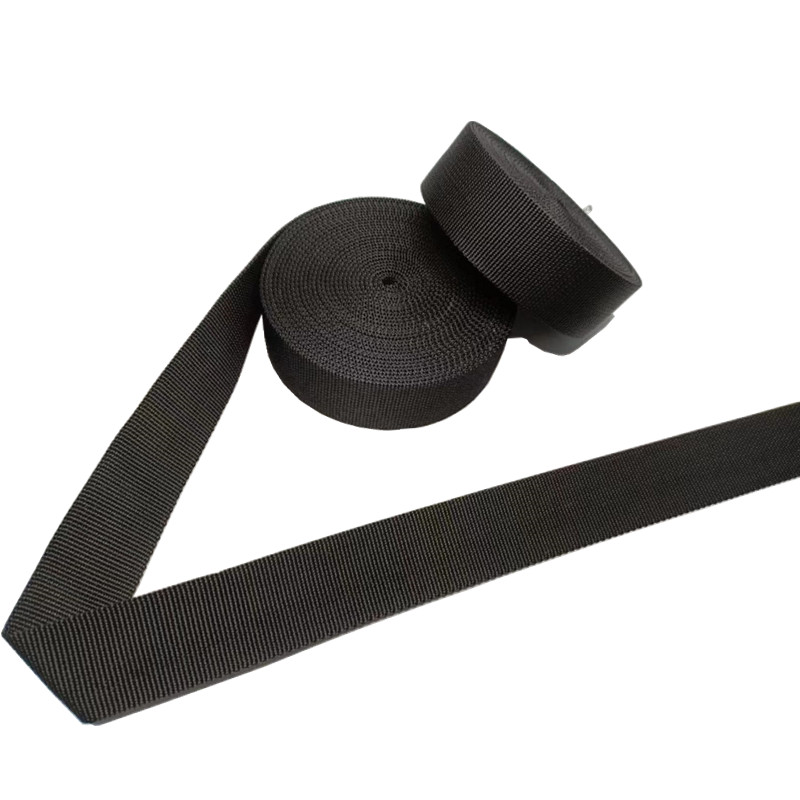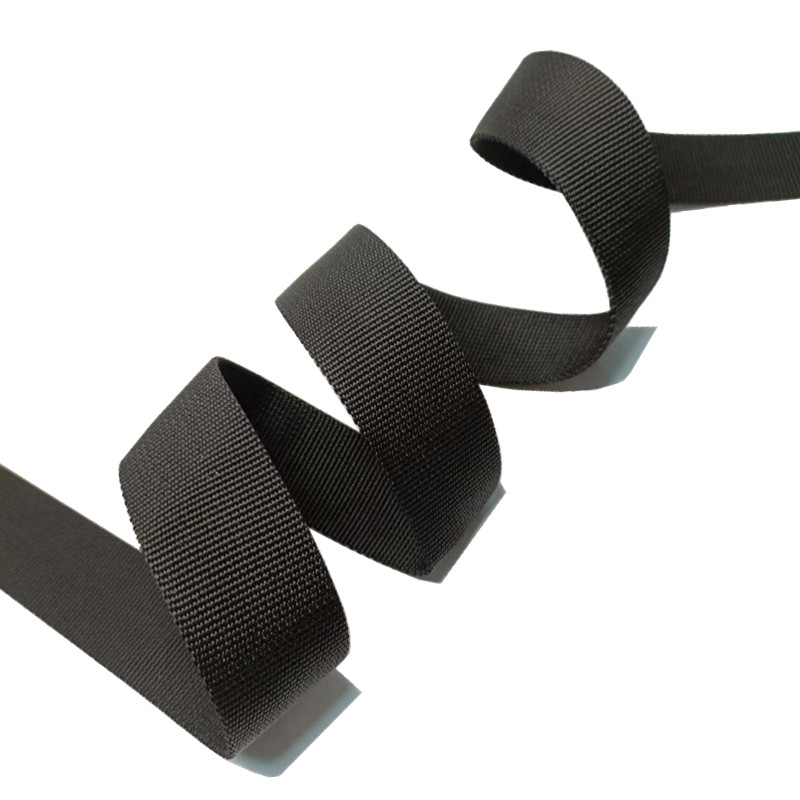|
|
[China]

Trade Verify
Address: No 136,Yinsheng Road,Shengpu Town,SIP,Suzhou,Jiangsu,China
Contact name:Lu

Suzhou Jinyicheng Thread&Ribbon Co.,Ltd |
|
Verified Suppliers
|
|
High Density Customized Wide 3cm Tubular PP Polypropylene Webbing For Dog Collar
Product Features | ||
Product Name | Polypropylene Webbing | |
Material | Polypropylene | |
Tenchnic | Woven | |
Width | 3cm | |
Feature | Soft,High Tenacity | |
Color | Any Colors Can Be Made | |
MOQ | 3000 meters,we also make small trial orders | |
Usage | Garment, home textile, bag, etc. | |
Package | 1. Usually 50m/roll 2. Festoon packing 3.As your requirements | |
Payment | 30% T/T in advance, the balance paid against the B/L Copy or 100%
L/C at sight. | |
Delivery Time | 10 -15 days (depending on the order qty) | |
Shipment | By express (DHL, EMS, TNT,UPS, FEDEX)/by sea/air, etc. | |
FOB PORT | Shanghai,China | |
Quality Certification | Oeko-Tex | |
After-sales Service | We value after-sales service, we promise repairing, replacing and
refunding if there’s any quality problem of our products | |
PP Jacquard webbing refers to a type of webbing made from polypropylene (PP) fibers using the Jacquard weaving technique. Jacquard weaving allows for intricate and complex patterns to be woven into the fabric, creating visually appealing designs. Here is an overview of the process of producing PP Jacquard webbing:
Polymerization: The production of PP Jacquard webbing starts with the polymerization of polypropylene resin, where the resin is melted and converted into a molten state.
Extrusion: The molten polypropylene is then extruded through a die to form continuous filaments or tapes. The extrusion process involves forcing the molten polypropylene through a shaping orifice to create the desired shape and size of the webbing.
Cooling and Stretching: The extruded polypropylene filaments or tapes are rapidly cooled to solidify them. After cooling, the filaments or tapes may undergo a stretching process called orientation, which aligns and strengthens the polypropylene molecules. This stretching process improves the mechanical properties of the webbing, such as tensile strength.
Jacquard Weaving: The stretched polypropylene filaments or tapes are woven using the Jacquard weaving technique. Jacquard weaving employs a specialized loom that allows for the individual control of each warp thread, enabling the creation of intricate and detailed patterns. The Jacquard loom uses punch cards or computerized control systems to control the lifting of specific warp threads, which creates the desired pattern on the webbing.
Dyeing: After the weaving process, the PP Jacquard webbing may undergo a dyeing process to add color. The webbing is immersed in a dye bath, and the dye is absorbed into the polypropylene fibers. The webbing is then rinsed and dried to set the color. PP Jacquard webbing can be dyed in various colors to enhance the visual appeal of the patterns.
Finishing: Once the webbing is woven and dyed, it may undergo finishing processes to improve its properties. This can include treatments such as heat setting to stabilize the dimensions of the webbing, flame retardancy coatings, water repellency treatments, or anti-static treatments, depending on the intended use of the webbing.
Cutting and Packaging: The finished PP Jacquard webbing is cut into the desired widths and lengths. The cut webbing is then rolled or folded and packaged for distribution or further manufacturing processes.
Throughout the production process, quality control measures are implemented to ensure that the PP Jacquard webbing meets the required standards and specifications. This may involve inspections for defects, testing for strength and durability, and checks for color consistency and pattern accuracy.
Overall, PP Jacquard webbing combines the durability and
versatility of polypropylene with the intricate patterns created
through Jacquard weaving, making it suitable for various
applications that require both visual appeal and strength.


Polymerization: The process begins with the polymerization of polypropylene resin. Polypropylene pellets or granules are melted and polymerized, forming long chains of polypropylene molecules.
Extrusion: The molten polypropylene is extruded through a die to create continuous filaments or tapes. The extrusion process involves forcing the molten polypropylene through a shaping orifice, which determines the shape and size of the webbing.
Cooling and Stretching: After extrusion, the polypropylene filaments or tapes are rapidly cooled to solidify them. Subsequently, the filaments or tapes may undergo a stretching process called orientation. This stretching aligns and strengthens the polypropylene molecules, improving the mechanical properties of the webbing, such as tensile strength.
Warping: The stretched polypropylene filaments or tapes are wound onto a warp beam. This process is known as warping and ensures the proper alignment and tension of the filaments or tapes for the weaving process.
Jacquard Weaving: The warping process is followed by Jacquard weaving. Jacquard looms, equipped with special shedding mechanisms, are used for this purpose. Jacquard weaving allows for intricate patterns to be woven into the webbing by controlling the individual warp threads. This is achieved through punch cards or computerized control systems, which lift specific warp threads to create the desired design.
Dyeing: Once the weaving is complete, the PP Jacquard webbing may undergo a dyeing process to add color. The webbing is immersed in a dye bath, where the dye is absorbed by the polypropylene fibers. It is then rinsed and dried to fix the color. PP Jacquard webbing can be dyed in various colors and patterns to enhance its visual appeal.
Finishing: After dyeing, the webbing may undergo finishing processes to improve its properties. These can include treatments such as heat setting to stabilize the dimensions of the webbing, flame retardancy coatings, water repellency treatments, or anti-static treatments, depending on the intended application.
Cutting and Packaging: The finished PP Jacquard webbing is cut into the desired widths and lengths. The cut webbing is then rolled or folded and packaged for distribution or further manufacturing processes.
Throughout the production process, quality control measures are implemented to ensure that the PP Jacquard webbing meets the required standards and specifications. This involves inspections for defects, testing for strength and durability, and checks for color consistency and pattern accuracy.
The specific details of the production process may vary depending on the manufacturer, equipment used, and the desired characteristics of the PP Jacquard webbing. Specialized machinery and skilled technicians are required to achieve precise weaving patterns and consistent quality.